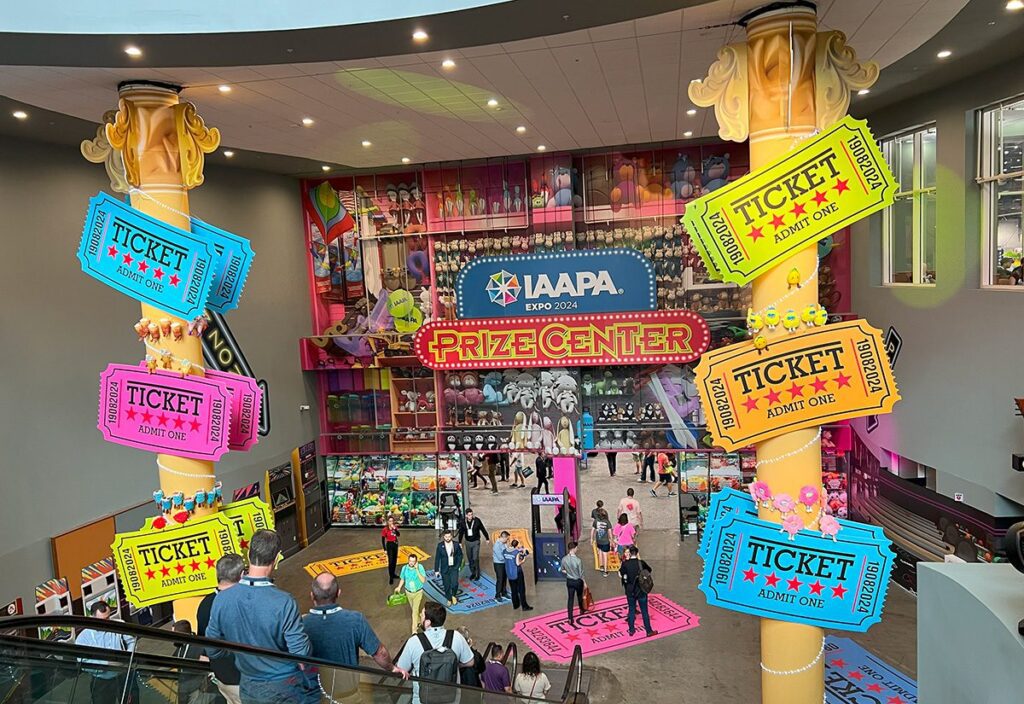AMERICAN CONSUMERS CAN hold all a direct marketer could want to know about them in the palms of their hands. All it would take is the acceptance of smart cards, a technology that most American marketers-and consumers-have chosen to bypass.
Smart cards are nearly identical to common credit cards with one essential difference: an integrated circuit computer chip embedded on the face of the card. When run through a terminal, the cards, which also contain processing units, can store, capture and disseminate point-of-contact data. They can also be programmed to make “decisions” based on preset promotion rules, or offer a consumer a tailored benefit based on event triggers, transactional history or personal preferences.
But few American marketers have used smart cards for their loyalty programs, choosing instead magnetic strip cards. It is in Europe that smart cards have taken root.
One successful smart card program is that of Boots the Chemist, a pharmaceutical retailer based in the United Kingdom.
When Boots launched its Chemist’s Advantage Card in September 1997, it faced several competitive threats: Supermarkets had entered the pharmaceutical arena, and a German company, Gehe, had been gobbling up UK pharmacies; early in 1997, it owned more outlets than the nearly 1,300 run by Boots.
Advantage Card is a simple rewards program: Every 25 pence spent at Boots (and recorded on the card) gives a customer a 1- pence credit. The total number of points a customer accumulates is printed on each receipt that accompanies an Advantage Card purchase. Customers can redeem their credit for thousands of different store items.
The redemption can be done at a moment’s notice, for “treats” ranging from cosmetics to lunch at an in-store restaurant, or for higher-end items like trips to spas. All reflect the program’s theme of treating oneself.
Though started in the last half of the 1997-98 fiscal year, the program has already had an impact. For the full year, Boots had a 7.8% growth in sales, to 3.57 billion pounds, and a 4.1% increase in profits, to almost 444 million pounds. For the fourth quarter, the chain’s sales increased by 9.8%, and 34% of its sales were accompanied by use of the card. The company, which had projected that eight million customers would sign up in the program’s first year, reached that milestone in its first six months. As of early 1999, enrollment stood at 11 million- and Boots had an extensive transactional history attached to each registrant.
While the Boots program is still in its early stages, the possibilities are unlimited for building direct marketing campaigns off its data. For example, individual packaged goods manufacturers could set up a cross-sell program triggered by the card terminals, or Boots could do highly targeted co-op mailings. The company is now mulling an insurance offer to cardholders.
In fact, the Boots program started when management decided to upgrade its data warehouse. “If you go through the exercise of whether you need a smart card program, you are evaluating your data collecting needs,” says Jonathan Adams, director, financial markets North America for Mooretown NJ-based Schlumberger Smart Cards & Terminal Adams.
Shell Oil’s Shell Smart, another British scheme, allows consumers to earn and redeem points through more than 25 participants. The cards are purely point storage and tracking cards: they are not payment cards. Rewards include free movie tickets, British Airways Air Miles points, and mail order gifts ranging from watches to televisions. Points can also be transferred to charities.
Participating companies now include Avis Rent A Car, British Gas, Virgin Net, and UCI cinemas. These marketers get access to an exclusive database of more than four million consumers: Shell does not make the database available to non-participants.
The Shell program allows marketing partners access to a 4-million-name participant database while maintaining independent databases.
Smart cards enable firms to run “interactive loyalty programs, with instant issue and redemption of points,” adds Iain Cox, senior manager, new products and ventures for U.K.-based Mondex International. Rather than contacting a central database with every transaction, burdening a telecommunications system that may not be fully reliable during the busiest times of the day, smart card terminals can be downloaded during off-hours. And consumers can have a constant reminder of their point totals, which are stored on the cards and accessible through in-store readers.
Why is smart-card technology so slow to catch on in the United States? In Europe, telecommunication lines, which are needed for contact between magnetic strip card readers and centralized databases, are not as well developed. In America, magnetic strip card readers are entrenched: A conversion process would entail a retailer to purchase terminals that could accept both chip cards and magnetic strip credit cards.
A recent high-visibility experiment on Manhattan’s Upper West Side, the New York Smart Card program, left consumers cold. To be fair, the test was not of a chip card-enabled loyalty program; it was a variation on what the industry calls an “electronic purse.” One hundred thousand reloadable chip cash cards were distributed to Manhattan residents, and more than 600 merchants, including newsstands and dry cleaners that usually only accept cash.
Backers VISA, MasterCard, Chase Manhattan Bank, and Citibank wanted to see if the different technology contained in both Visa Cash and MasterCard’s Mondex chip systems, could be read by the same terminal, which they could. But consumers were not rewarded for using the card, nor was transactional data collected. The program ended last November.
“That trial was a financial institution trial,” says Steven Landau, director of marketing for chip card manufacturer Gemplus.
“The technology worked. It wasn’t the technology [that caused the resulting unfavorable press].”
Mike Tempora, VP, U.S. chip card products for MasterCard, Purchase, NY, agrees that chip cards should not be used merely to replace an existing payment structure.
Phase two smart card programs which Tempora sees as starting to show up in the US during 1999, will provide multiple applications on a single card.
“Customers don’t care how you deliver benefits as long as those benefits have value to them,” Tempora says.
Hilton Hotels Corp., Beverly Hills, CA, launched a multi-application smart card pilot test in June 1997, issuing chip cards to a select group of its guests.
At the time, Jeffrey Diskin, president and COO of HHonors Worldwide, the chain’s loyalty program, was “99% absolutely” sure that chip-enabled smart cards were going to be distributed en masse by an outside card issuer. It was Diskin’s goal to establish a program that would be primed to take advantage of this groundswell. The company invested in airport kiosks that would read the cards, record their accommodation preferences, and securely store loyalty points. It invested time and money establishing data capture and synchronization processes between its database and the information on the cards. And it waited for the public to descend upon it with smart cards in hand, ready to inscribe their non-proprietary cards with its loyalty program.
The firm is still waiting. According to Diskin, while those guests that have been issued proprietary smart cards can still use them, Hilton is no longer issuing them. While Hilton was eager to be an early adopter of the technology, it did not want to invest resources in becoming a manufacturer or distributor of the system.
“We anticipated that someone was going to issue millions of these smart cards,” says Diskin. “When you have the cards there are things you can do with them, but there has to be a giant wave.” These days, Diskin is still optimistic that smart cards will be used by the masses, but his quantifiable level of faith has fallen to 51%–he still believes, but he has his doubts.
The pilot did have its benefits: The chain observed how its customers approached electronic check-in and information services, and learned how to present information to its customers electronically. “We are satisfied with the pilot, and we would be ecstatic if someone issued a lot of smart cards,” says Diskin. “If that doesn’t happen, we won’t feel very good.”
 Network
Network

